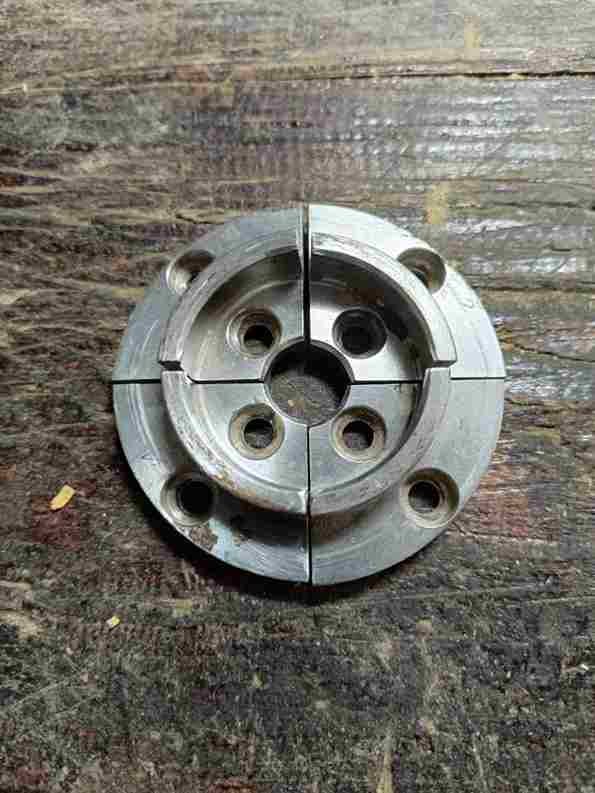Master Your Wood Turning Tools with Confidence.
Start your wood-turning journey with this insider’s guide to essential master wood turning tools. Learn their names, uses, and techniques to elevate your craftsmanship.
Why This Blog?
Knowing which tools to buy at the start of your wood-turning adventure can feel overwhelming. I faced the same challenge but discovered that understanding tools is key to success. This blog shares my firsthand experience and practical advice to help you master the basics.
Essential Wood-Turning Tools
Bowl Gouge
Purpose: Shape and hollow wooden bowls or larger objects.
Features: Deep fluted blade and long handle.
Uses: Roughing, hollowing, smoothing, detailing, cutting, and shear scraping.
Spindle Gouge
Purpose: Ideal for projects like chair legs, pens, and spindles.
Uses: Adding fine details (beads, coves), smoothing curved surfaces, and refining complex shapes.
Skew Chisel
Purpose: A flat-bladed chisel for smoothing and precision.
Custom Tip: Shape your own skews to match your project’s needs.
Uses: Smoothing, v-cuts, beading, and edge definition.
Parting Tool
Purpose: Cuts straight lines and separates wood pieces.
Uses: Creating sharp edges and precise separations.
Shear Scraper
Purpose: Refines surfaces by removing fine shavings.
Uses: Perfect for intricate detailing and smooth finishes.
Beading Tool
Purpose: Adds decorative beads and rounded edges.
Uses: Craft eye-catching details effortlessly.
Forstner Bits
Purpose: Drills flat-bottomed holes with precision.
Uses: Ideal for candlesticks and other projects needing uniform holes.
Bench Grinder
Purpose: Maintains and sharpens your tools.
Uses: Essential for consistent performance.
Discover more about grinders in my blog: Bench Grinder for Your Workshop.
Tips for Buying Wood-Turning Tools
Start with Second-Hand Tools:
Platforms like eBay offer budget-friendly options. Watch for mislabeled items—you might score great deals!
Experiment Without Fear: Master Wood Turning Tools
Second-hand tools let you explore different grinds without a hefty price tag.
Feel the History:
Vintage tools bring character and a tactile connection to your craft.
Priority Considerations for Master Wood Turning Tools
Standard Grinds: Start using your tools as they arrive to get familiar with their performance.
Experiment Gradually: Test different angles and grinds to find what works best for you.
Final Thoughts
Mastering wood turning tools takes time and practice. I hope this guide has inspired confidence in your journey. My next blog will delve into gouge grinds and their unique applications.
Thanks for reading, and happy turning!
Click the link below for other blogs on tools and other equipment needed in your work-shop
Bench Grinder For Your Workshop
Should you require any other information, or help on woodturning, please email me at:
Click the link below which will take you to Richard Raffan’s YouTube site. He has been turning wood for 50 years. He is easy to listen to and learn from. Once you are on his site check out all his videos, it’s a masterclass.
https://youtu.be/idB-z6–FAs?si=MIbI18g2YftdShFH








